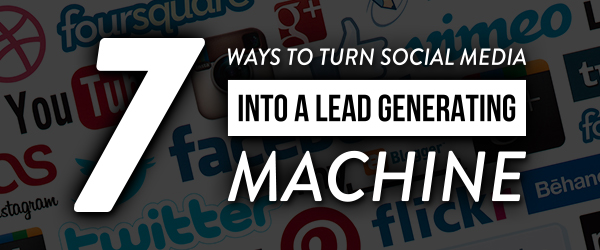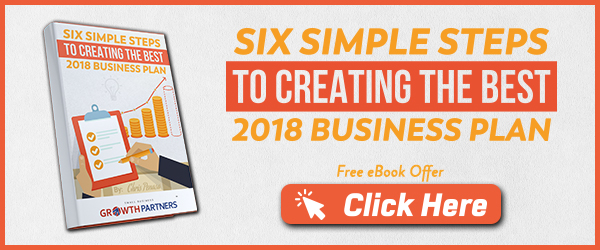Social media today is one of the best tools for creating brand awareness and connecting with prospects. However, when it comes to generating leads and sales, other channels can be better suited for these goals, such as email marketing or pay-per-click advertising. After all, people don’t buy products after seeing a Facebook post, right? Well, not necessarily. If done correctly, social media can do more than just allow you to reach out to and engage with an audience. It can also help you generate leads and speed up your growth. According to recent reports, businesses that use social media for lead generation can see as much as a 24% increase in revenue.
So, whether you’re a small business, a large corporation, or a business coach looking for new clients, here’s how to use social media as a lead generation tool.
1. Get in Bed with Your Audience
There’s an old saying in marketing: “If you want to create a successful strategy, then you need to get in bed with your target audience.” In other words, you need to understand who your customers are, what they do, what are their needs and pain points, and where they spend their time.
Don’t assume that if you’re a small business and you have a modest customer base, then you’re at a disadvantage. On the contrary, you have the opportunity to create a hyper-targeted strategy and reach out to prospects with great precision. You can use the wealth of information that social media provides to create content that your audience is likely to react to and which can help convert its members from potential clients to customers.
2. Take Advantage of Your Analytics
Tracking your analytics is an essential step within the process that can help you figure out how to best use social media in order to promote your small business. Without it, you’d only be flying blind. With the help of data, however, you can tell with great accuracy which audience segments might be interested in your products and where to find them, based upon their browsing preferences. You can also use analytics to test the performance of your content and determine how to adjust your strategy to get better results and speed up your growth.
3. Personalization Is the Key to Your Customer’s Heart
If you want to win prospects over and turn them into loyal customers, then you need to acknowledge them individually, not as a part of a mass audience. Here’s the thing: consumers are bombarded with thousands of advertising messages every day, and they’ve become masters at tuning them out. Sending generic content out their way is unlikely to generate any real reaction. That’s why it’s essential to customize your message to potential customers’ particular needs and to show your audience that you care about and understand them.
4. Chose the Right Channel
Here’s one of the most difficult questions most small business face: “Which social media network should we use?” You might be tempted to opt for the most popular channels, but that’s not always the best answer. Sure, Pinterest has more active members than Twitter, but does it fit your business?
It is essential to look at your audience demographics before choosing social media channels. Also, keep in mind that you will have to adapt your content based on the platform you’re using.
5. Provide High-Quality Content
One of the greatest paradoxes of online marketing is that people are drowning in content; but, if you want to reach out to them and grow your business, you need to create more even more content. This is because, although people are, indeed, overwhelmed by the amount of content that it’s being produced today, they still appreciate quality articles that can help them find a solution to their problems and add value to their lives. As a result, instead of focusing on selling your products on social media, try to provide your audience with useful information that educates them, helps them resolve an issue, or simply entertains them.
6. Monitor and Measure
Monitoring your performance is a critical step in generating leads through the use of social media. In that way, you can determine whether or not your strategy is working or if it needs to be adjusted. However, don’t just measure everything under the sun. It is necessary to pick the metrics that best match your business goals and can impact your traffic, conversion rate, and sales.
7. Engage with Your Audience
It’s not enough to just post often and regularly. You also need to engage with your fans and followers. Be prompt and answer whatever inquiries they write on your profile. If you’re participating in professional groups, strike up conversations to strengthen your authority and widen your network. It is also important to stay connected to your audience and consistently follow activity in order to get more accurate insights into its members’ wants, needs, and desires. Although social media has become one of the best marketing tools for business growth, as great as it is, social media won’t work for you if you don’t know how to use it.
Understand your audience, create content that caters to its members’ needs, pick the right platforms, and be active, and, soon enough, you will see leads start rolling in.






